And even if you’re not their manager, your support could be exactly what helps them pull up before things get worse. The challenge? Knowing what to say. You don’t want to overstep, make it awkward, or get it wrong. So here’s how to check in in a way that’s human, helpful, and respectful.
Your Star Employee Might Be Struggling—Here’s Why
It’s Okay to Say “I’m Struggling”—Even as a Leader
A belief that you’re not allowed to struggle.
That leaders must be resilient, composed, always calm—even when they’re burning out behind the scenes. But here’s the truth: you’re human first, leader second. And the moment you allow yourself to say, “I’m not doing great right now,” you create space for others to do the same.
Leading with Care: Supporting Recovery from Burnout and Stress
Burnout isn’t a buzzword—it’s real, rising, and reshaping the way we think about leadership in Australian workplaces. We know how it shows up: exhaustion, cynicism, poor performance, disengagement. What we talk about less is what happens after. After someone’s hit the wall. After they take leave. After they return, quieter than before.
Before the Crash: Using MHFA to Spot Burnout Early at Work
Why early intervention is the best strategy you’ve got
Burnout doesn’t always arrive with fanfare. It creeps in quietly—behind polite smiles, endless meetings, and “I’m just busy” emails. And by the time someone finally breaks down, checks out, or hands in their resignation? It’s already too late. But what if we could spot it sooner?





